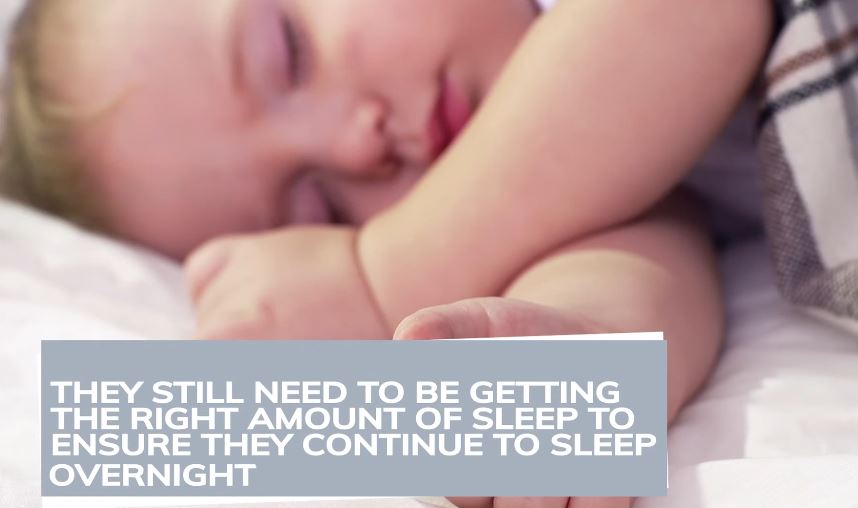A Parent’s Essential Guide: How to Transition from Crib to Bed Smoothly?
To transition from a crib to a bed, prepare your child for the change, maintain their sleep routine, and set clear boundaries.
Start with naps in the new bed to ease the transition and consider involving them in choosing bedding and discussing the change.
This comprehensive approach is vital because the crib-to-bed transition is one of these complex moments for any family.
This guide focuses on how to transition from crib to bed effectively, aiming to be your go-to resource for answering all of your questions about moving from the crib to the big kid bed and helping you navigate this milestone with confidence.
The Crib-to-Bed Transition
An interactive guide to help you navigate this complex milestone with confidence and calm.
Is It Time for the Big Leap?
Timing is crucial. Use this interactive checklist to assess your toddler’s readiness based on key safety and developmental cues.
Readiness Assessment Checklist
Get Ready: Paving the Way for Success
A smooth transition starts before the first night. Use these checklists to prepare your child and their environment.
Child Preparation
Room Safety (“Toddler-Proofing”)
The Method: Encouraging Them to Stay in Bed
The “Silent Return” is a highly effective behavioral technique. The goal is to make getting out of bed boring and unrewarding. Consistency is everything.
Maintain Routine
Keep your bedtime routine (bath, stories) exactly the same. Only the sleeping location changes.
Set Clear Boundaries
When tucking in, lovingly state the rule: “It’s time to stay in our bed now.”
Lead Back Silently
When they get out, take their hand and guide them back. Interact very little with your child. No talk, no scolding, no eye contact.
Repeat, Repeat, Repeat
Calmly and neutrally repeat the process as many times as it takes. Your robotic consistency is the key.
What to Expect on the Journey
This is a process. It’s normal for sleep to get worse before it gets better. This chart shows a typical adjustment curve.
The “J-Curve” of Bedtime Exits
This illustrates a common pattern: after a brief “honeymoon,” boundary-testing may peak before improving with consistency.
Common Questions & Challenges
What if my toddler cries or seems scared?
+Acknowledge their feelings gently: “I know this is new, but you are safe.” You can offer comfort with a nightlight or by leaving the door slightly ajar. Reassure them you are nearby, but maintain the boundary of them staying in their own bed. If they are just testing boundaries after being comforted, it’s often best to leave well enough alone and not over-engage.
How long will this take?
+It varies widely. Some children adjust in a few nights, others take several weeks. The single biggest factor in shortening the adjustment period is your unwavering consistency with the chosen method.

When is the Right Time for the Big Move?
Deciding on the ideal moment for this significant step is paramount. While most toddlers will switch from the crib to a bed somewhere between 18 months and 3 years old, many experts advise to wait as long as possible to transition from the crib, provided your child remains safe and content in their current setup.
Key indicators that it might be time include:
- Safety First: This is the non-negotiable reason. If your toddler is attempting to climb out, or if their chest is higher than the crib rail when standing (even if they haven’t climbed yet), it’s time to move them to prevent falls. Before making the switch solely due to climbing, always make sure the crib mattress is in the lowest position; this can often extend safe crib use.
- Developmental Cues: Your child might express interest in a “big kid” bed, signaling emotional and cognitive readiness.
- Practical Needs: If a new sibling requires the crib, aim to transition your toddler a few months prior to the baby’s arrival, ensuring they are genuinely ready. If not, consider a second crib to avoid a premature move.
Preparing for a Smooth Change
Proactive preparation is essential for a smoother transition.
- Prepare your child for the change: Build excitement by talking positively about their new bed. Read books about this milestone and, as mentioned, consider involving them in choosing bedding and discussing the change to foster a sense of ownership. You can also start with naps in the new bed to ease the transition.
- Toddler-proof the entire room: With the newfound freedom to roam, their bedroom must become a completely safe zone. Anchor all heavy furniture, cover electrical outlets, secure window blind cords, and remove any potential choking hazards. A baby gate at the bedroom door can also provide peace of mind.
Making the Transition and Encouraging Them to Stay in Bed
Consistency is your most valuable tool during this phase.
- Maintain their sleep routine: Your established bedtime rituals (like bath, pajamas, stories) are crucial sleep cues. Keep this routine identical; only the sleeping location changes.
- Set clear boundaries: When tucking them in, lovingly but firmly state the expectation: “It’s nighttime, and we stay in our bed now to rest”.
- The “Silent Return” Strategy: If they get out of bed, this method is highly effective:
- Immediately and calmly lead them back to their bed.
- A good starting point would be to interact very little with your child when they come out of their room. Avoid conversation, scolding, or significant eye contact. The aim is to make these excursions unrewarding.
- Tuck them in with a brief, neutral phrase like, “Sleep time now,” and leave promptly.
- Be prepared for repetition, especially initially. Your unwavering consistency is what teaches them the new rule.
Handling Common Challenges
It’s common for some children to cry or express fear. Acknowledge their feelings gently (“I know this is new, but you’re safe”) while reinforcing that their bed is where they need to be.
A nightlight or leaving the door slightly ajar can offer comfort. If they are simply testing boundaries after initial comfort has been offered, and not in genuine distress.
Sometimes it’s best to leave well enough alone and not over-engage, sticking firmly to the silent return method.
The adjustment period varies; some toddlers adapt quickly, others take weeks. Parental consistency is the most significant factor in shortening this phase.
Looking Ahead
Successfully navigating how to transition from crib to bed is achievable. By understanding the process, preparing thoroughly, and remaining consistent, you can help your toddler embrace their new bed and look forward to peaceful nights.

